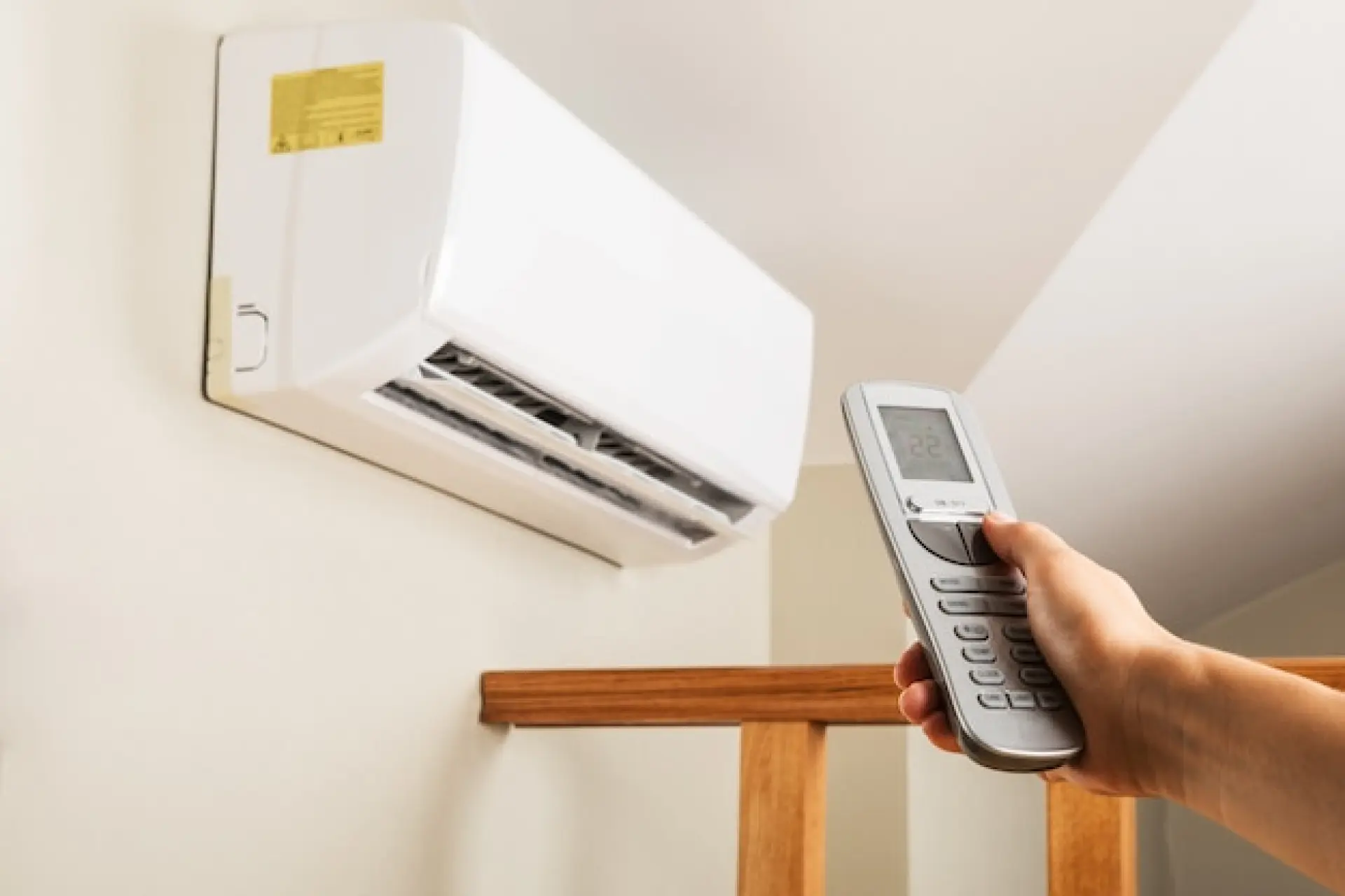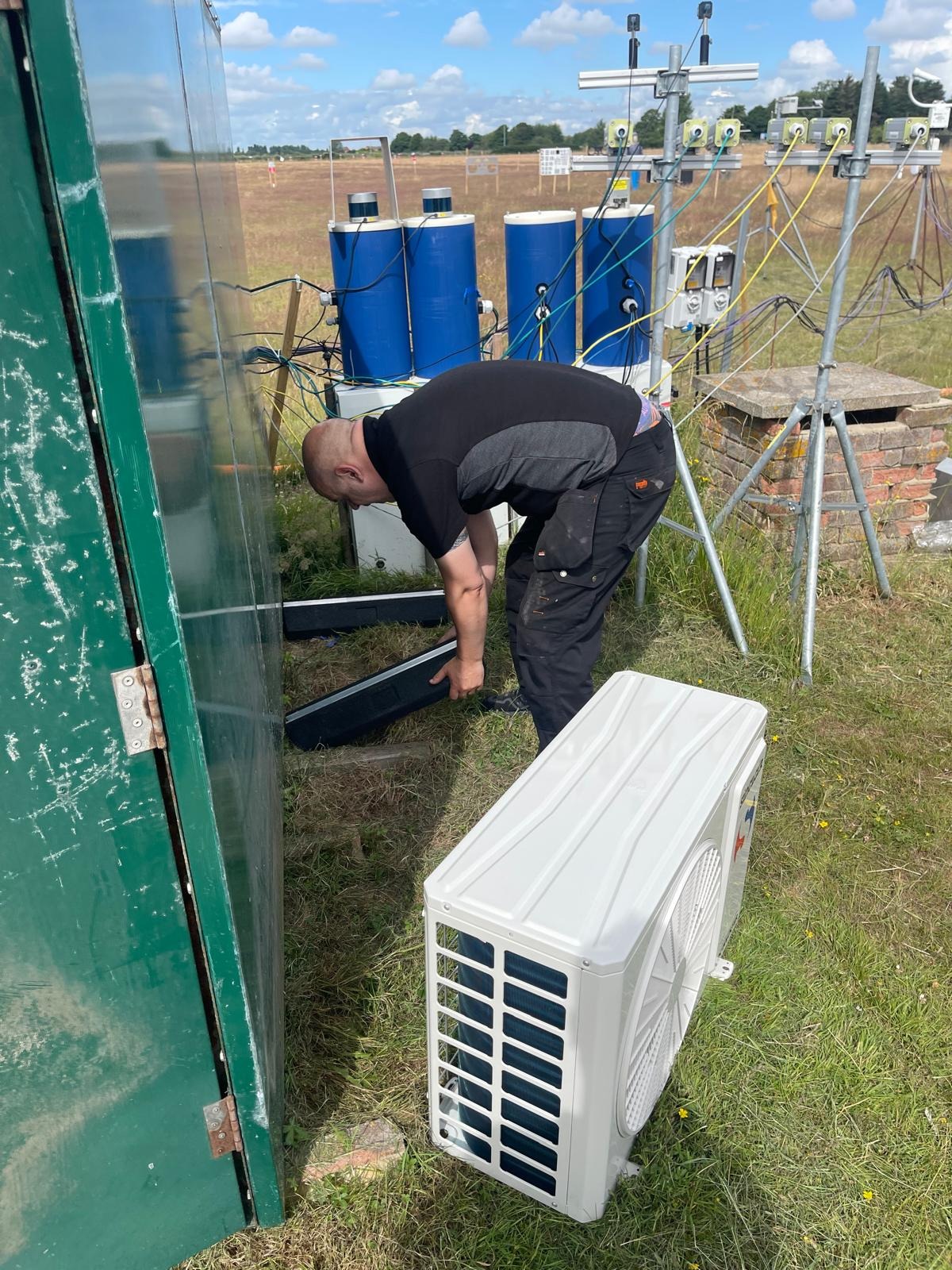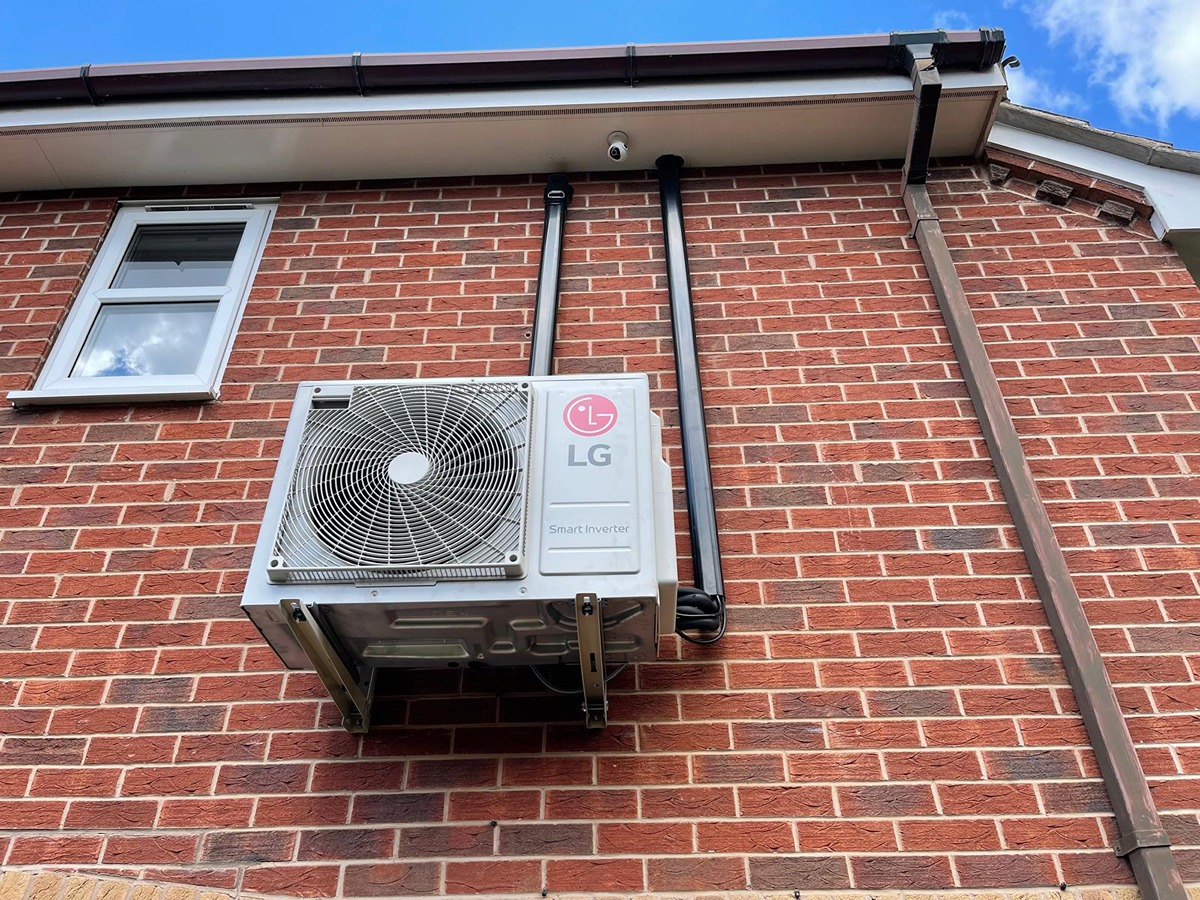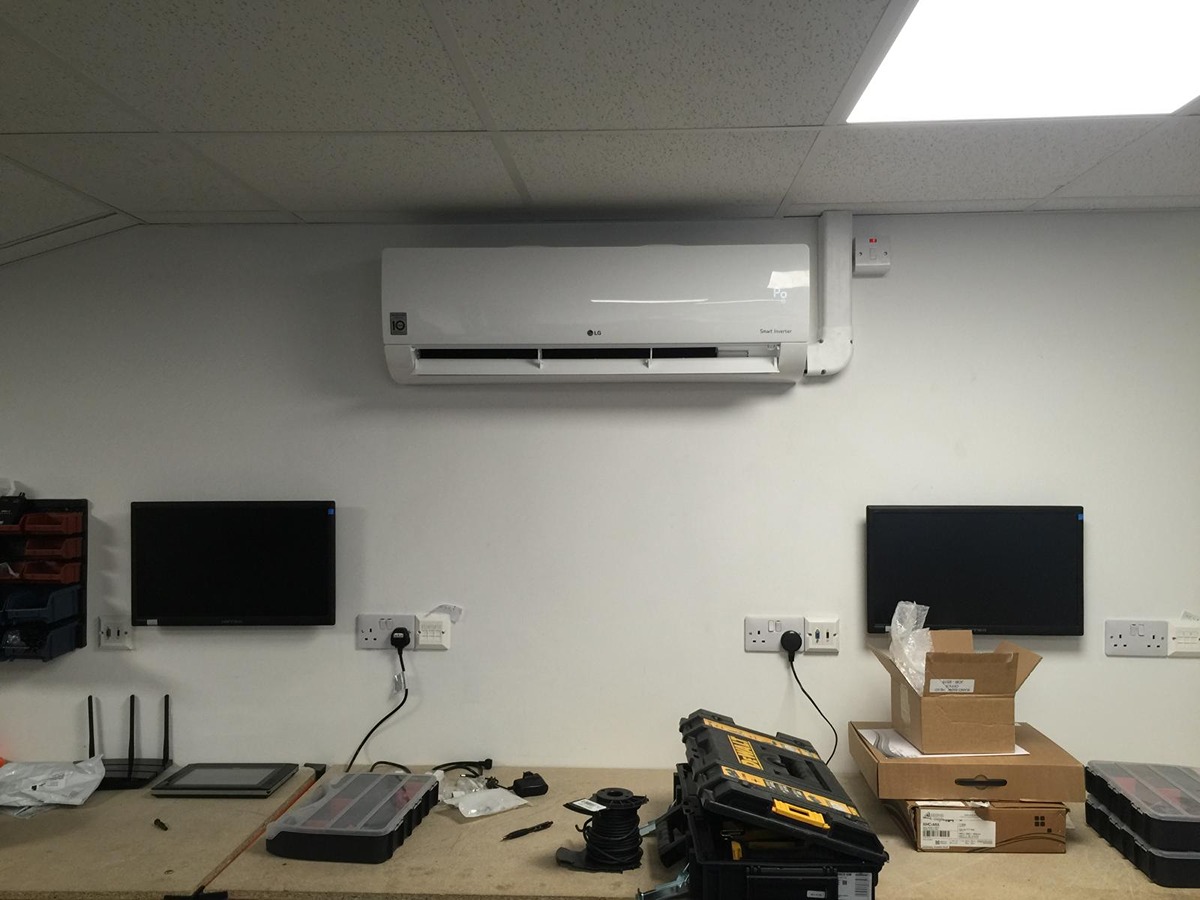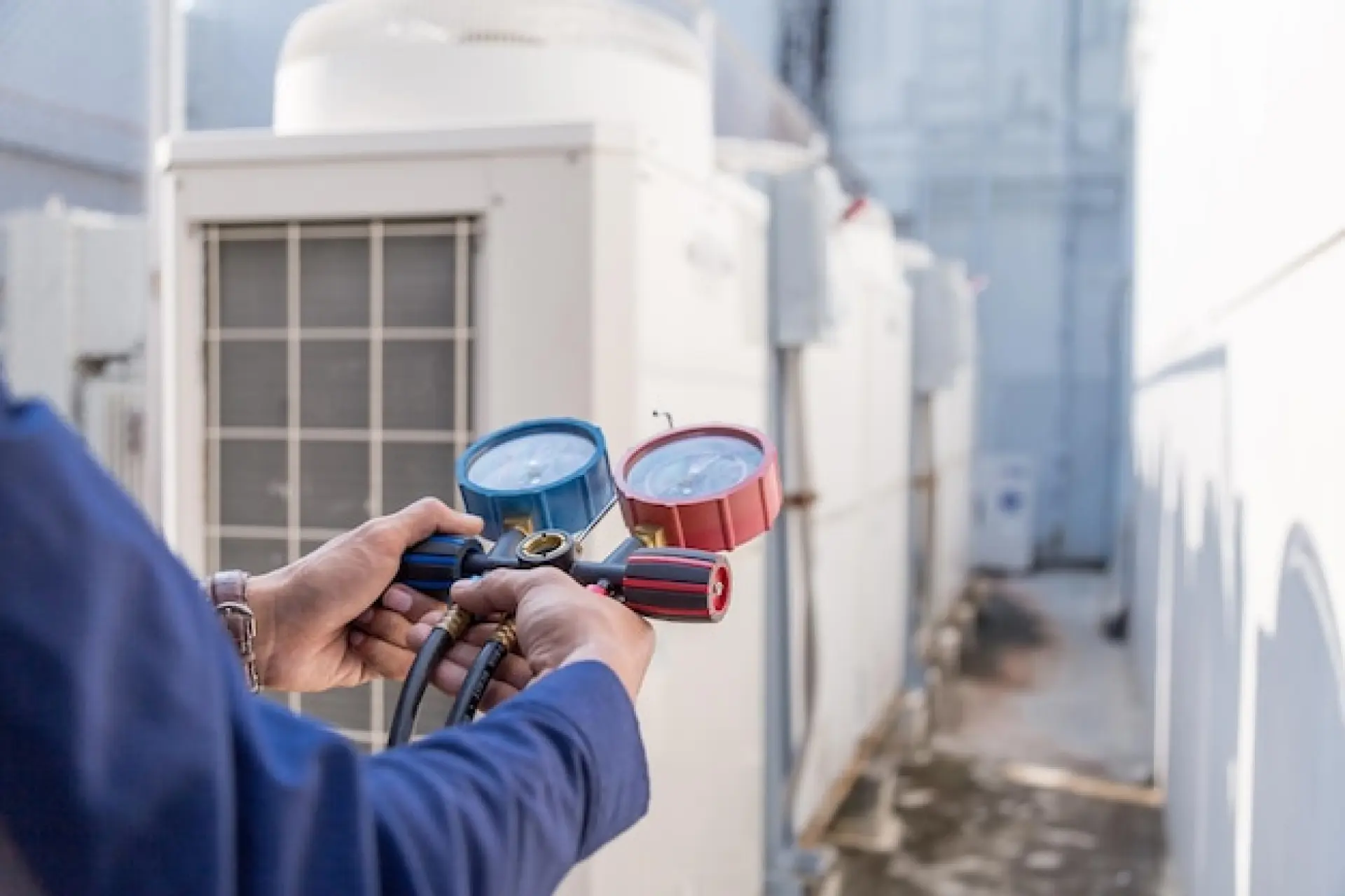The Role of Air Quality Testing in Detecting Problems
Pollutants such as mould, dust, carbon monoxide, and allergens are often invisible, yet they can pose serious risks to both your health and your property. Without professional testing, these contaminants can remain undetected until they cause noticeable illnesses or structural damage. Air quality testing can uncover these hidden dangers at an early stage.
Hidden mould can release spores that aggravate allergies and respiratory issues, while high levels of carbon monoxide or radon can be life-threatening. An air quality test can find the source of these issues and enable specialists to apply effective solutions that safeguard both your environment and well-being.
In workplaces, air quality testing can reduce sick days and create a healthier environment, and in homes, air quality testing can give you peace of mind. Beyond the immediate health benefits, routine testing also reduces your exposure to carcinogens and toxins that may otherwise go unnoticed for years.
Common Indoor Air Pollutants and Their Effects
Mould spores are some of the most common indoor pollutants, and they thrive in damp or poorly ventilated areas. Inhaling these spores can lead to severe respiratory problems, lung damage and allergic reactions. Dust and dust mites are other common air pollutants that are responsible for triggering asthma attacks, eczema flare-ups, and persistent sneezing and coughing.
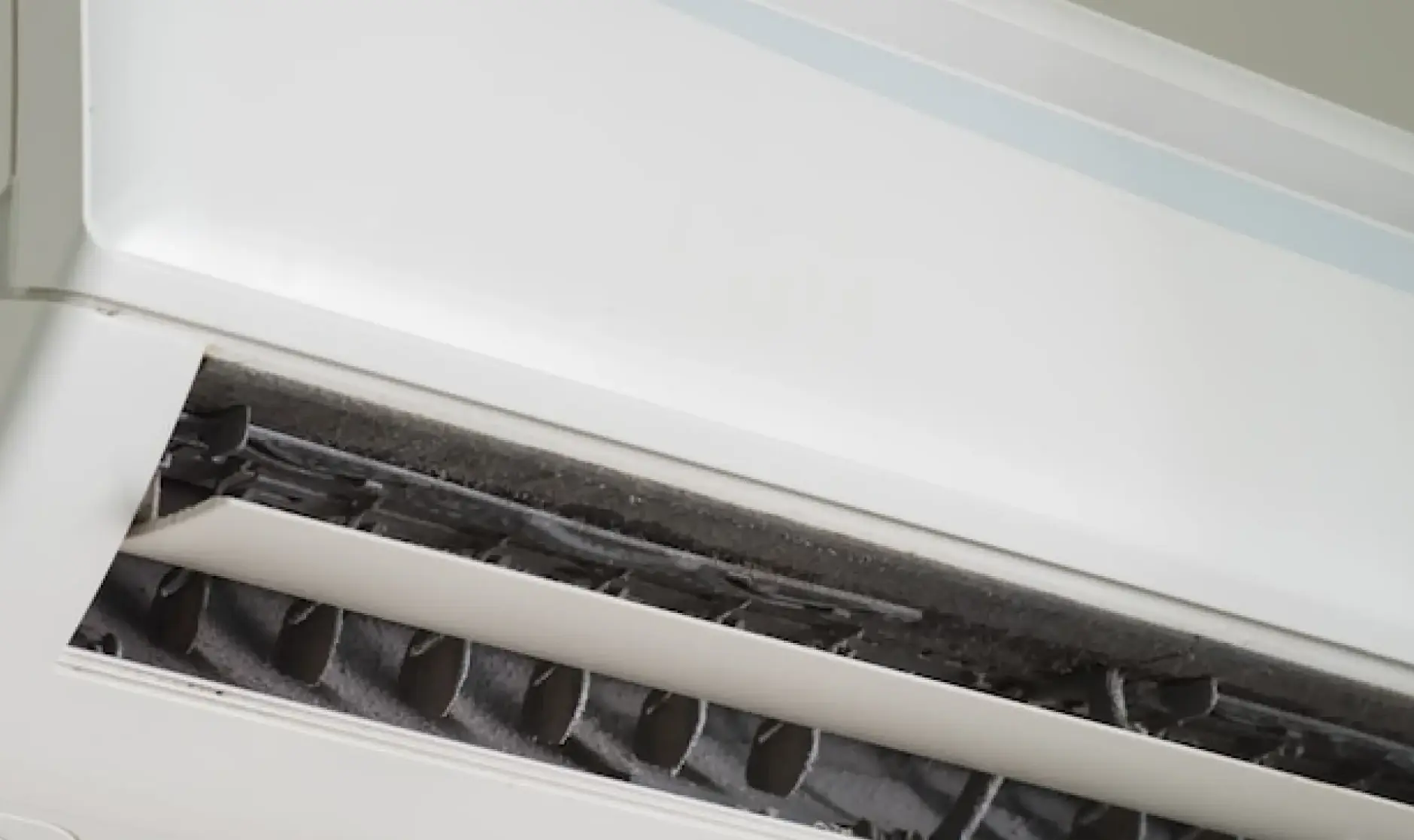
Carbon monoxide (CO) is a particularly dangerous air pollutant since it's colourless, odourless, and it can be fatal at high levels. Even low-level exposure to CO can cause headaches, dizziness and fatigue. Volatile organic compounds (VOCs) are commonly released from paints, cleaning products, and new furniture, and these compounds can irritate your eyes, throat, and lungs. Additionally, radon gas exposure is one of the leading causes of lung cancer after smoking.
Air quality testing is a practical and effective way to detect these pollutants before they become a serious hazard. Many of these contaminants cannot be seen or smelled, meaning that issues can often go unnoticed until symptoms start to appear. Air quality testing can give you an accurate reading of your pollutant levels, which can help professionals identify potential risks early on.
How Poor Air Quality Impacts Your Health
The air we breathe has a large impact on our health, and while outdoor pollution often gets the most attention, our indoor air quality can be just as significant - if not more so. Poor air quality often contains harmful pollutants that affect the body in various ways. One of the earliest and most common effects of poor air is respiratory irritation.
Dust, mould and volatile organic compounds (VOCs) can cause persistent coughing, wheezing, and irritation of the throat and eyes. For people with asthma or other existing respiratory conditions, this exposure can trigger flare-ups or intensify symptoms. Even those without underlying health issues can experience shortness of breath or general discomfort when your indoor air quality deteriorates.
Extended exposure to pollutants such as carbon monoxide, radon, and fine particulate matter (PM2.5) has been strongly associated with chronic health issues, including asthma, bronchitis, and cardiovascular diseases. In more serious cases, these pollutants can also play a role in the development of lung cancer and other life-threatening illnesses.
Simple Steps to Improve Air Quality After Testing
Improving your ventilation is one of the easiest yet most effective ways to reduce your indoor pollutants and create a healthier living environment. Regularly opening your windows, even during the colder months, allows fresh air to circulate and reduces the amount of harmful particles in your air.
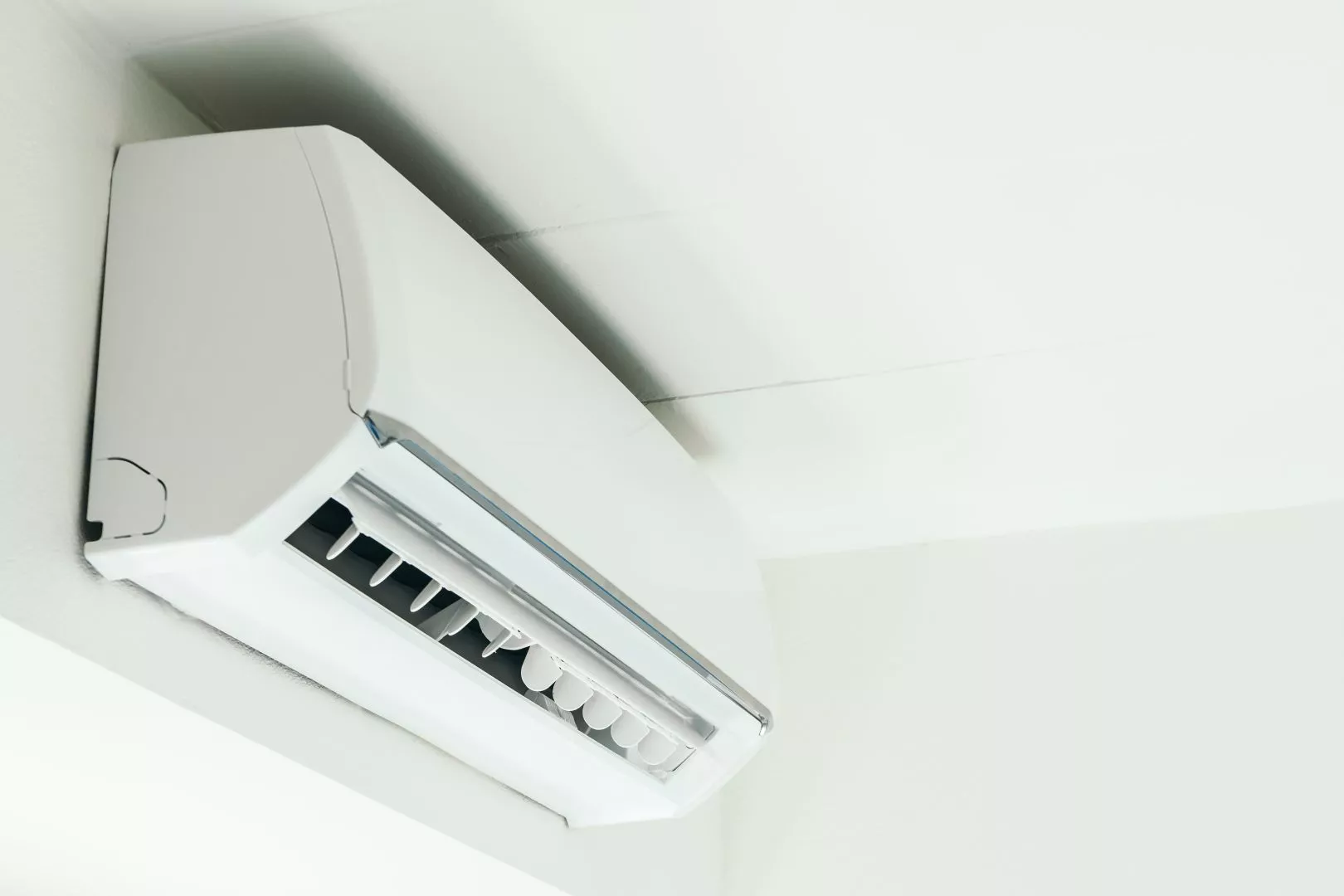
In areas that are prone to damp, such as kitchens and bathrooms, extractor fans can be used to remove the excess moisture that could otherwise lead to mould growth and decrease your air quality. These simple adjustments can help make your home or workplace cleaner, fresher and safer to breathe in.
Using a dehumidifier is another effective way to prevent damp and mould, which are two of the most common issues identified in air quality tests. By controlling your humidity levels, dehumidifiers can remove the conditions that allow mould spores to thrive, which can protect both your property and your health.
Regular maintenance, such as servicing your boiler, cooker, and heating system, can also lower the risk of dangerous carbon monoxide leaks. Additionally, keeping your gutters clear and fixing leaks quickly can stop damp from developing. This ensures that your indoor environment remains safe, clean, and comfortable.
Our air quality testing service can help identify hidden pollutants such as mould spores, dust, VOCs, carbon monoxide, and radon. We use advanced equipment to provide insights into your indoor environment, and we provide tailored solutions to improve your air quality. With us, you can protect your health and breathe easier.
